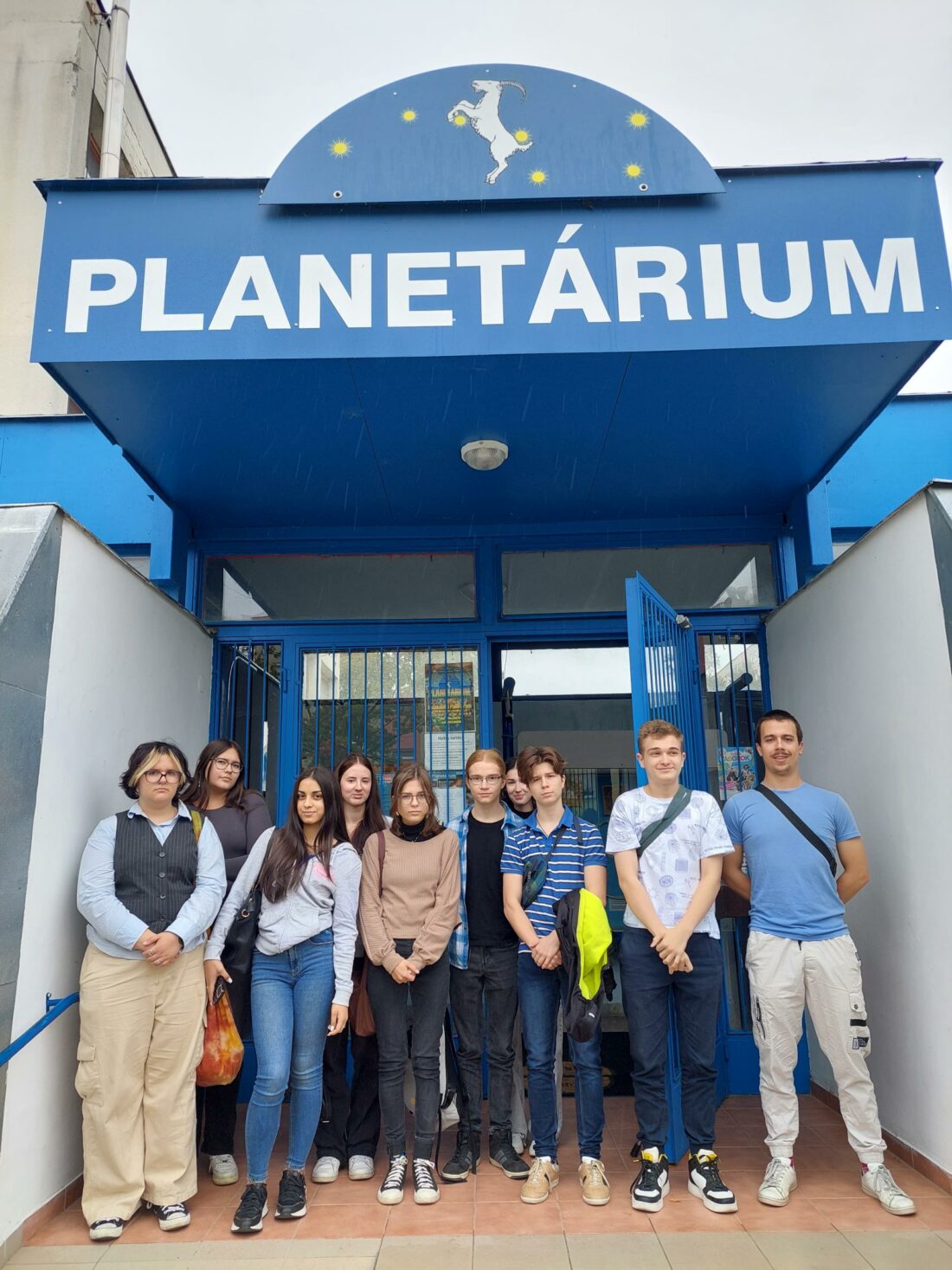
Walking on the Milky Way
On the morning of September 28th, we excitedly arrived at the community house to immerse ourselves in the wonders of the clear sky and the astronomical knowledge passed down to us from the Greeks. Without wasting any time, we headed straight to the Planetarium in Kecskemét. Upon entering the building, we explored an exhibition showcasing various meteor fragments, minerals, and geological relics.
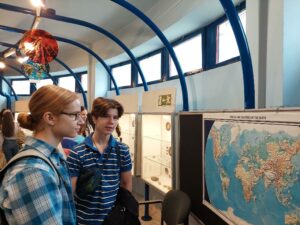
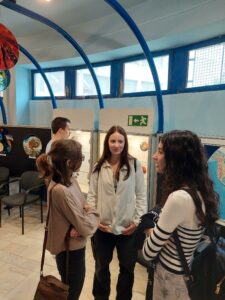
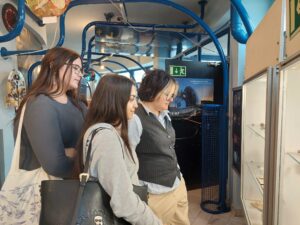
After this brief introduction, we entered the lecture hall, which is equipped with unique technology, unmatched in Hungary. A special projector displayed a clear, light pollution-free summer sky on the planetarium’s dome. Throughout the program, we used this projection to observe the dynamics of the sky. By manipulating and moving the projection, the presenter demonstrated the movements of stars and planets, speeding up time to show us their trajectories.
We learned that our Milky Way galaxy isn’t the only one in the universe, and under ideal conditions, the Andromeda galaxy, the closest to us, can even be faintly visible to the naked eye. We also familiarized ourselves with several constellations, such as Cassiopeia, the Little Dipper (Ursa minor), and the Big Dipper (Ursa major), which we will be studying in more depth as part of our upcoming Greek project. One fascinating fact we all noted was that the so-called “Evening Star” is actually the planet Venus.
At the end, we watched a 3D presentation of the planets in our solar system, learning some interesting facts, like how Mars once had oceans on its surface, or that Saturn has over 140 moons. The day concluded with a laser show, marking the end of our celestial exploration.
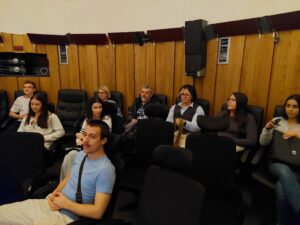
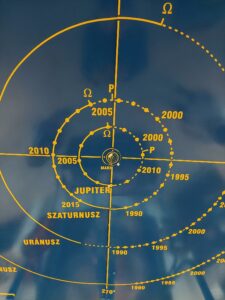
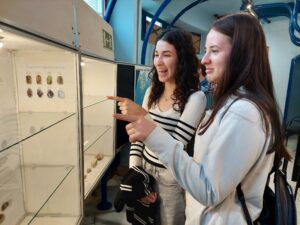
Bánk Kohári, Hanna Faragó, Szeged Group 3


